How Advanced Camera Tech Helps Pros Take Amazing Olympics Photos

Professional photographer Nick Didlick has been shooting for nearly 50 years, so he has experienced significant shifts in how photos are captured, shared, and consumed. He’s currently in Paris for the 2024 Summer Olympics and chatted with PetaPixel about how photography has changed, how better technology helps him capture better photos, and the challenge of capturing the perfect moment.
Pro Photographer Nick Didlick Reflects on How Photography Has Changed
As a long-time vet of the professional photo industry, Didlick has experienced seismic shifts in camera technology. In a new blog post on his website, Didlick looks back at how camera technology and photo sharing have changed in the century since the Summer Olympics were last in Paris, France.

“As I wait for the 2024 Olympic gymnastics competition to start, I reflect on my first Olympics, the 1984 Sarajevo Winter Olympics, which took place forty years ago,” Didlick writes. “But then I realized that Paris held their first Summer Olympics in 1924, 100 years ago and what a difference a century ago. As an Olympic photographer, my profession has seen many changes in forty years, but looking back to the 1924 Paris Summer Olympics, the changes have been astonishing.”
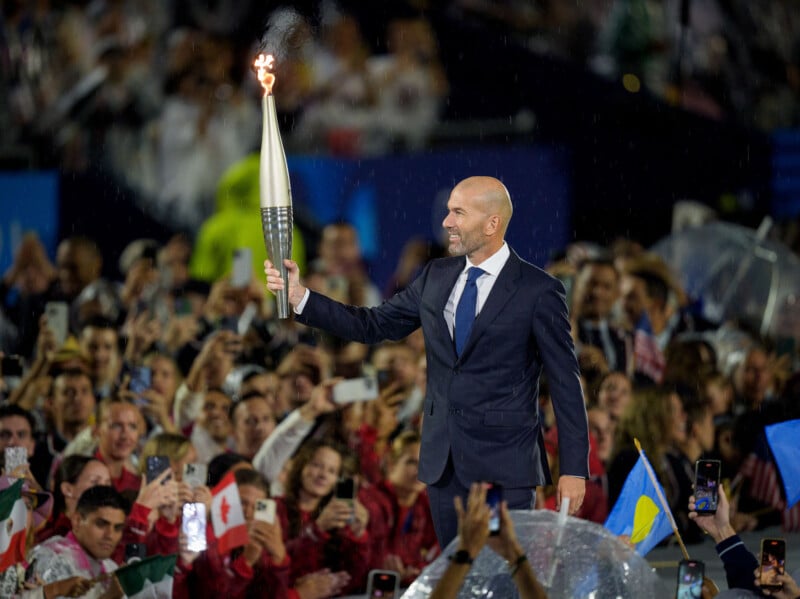
Didlick is no stranger to shooting film, but in Paris in 1924, photographers were shooting on large-format roll film and big, bulky, slow cameras. Newspapers relied heavily on illustrations and drawings to accompany the text, and television was in its crude infancy. The images captured took a while to reach their destination and weren’t used the same way they would be now.

“Today, in this world of instant communications, pictures are sent directly from the camera to customers worldwide in less time than it takes to run the Olympic 100-meter dash, less than 10 seconds,” Didlick explains.
Sony’s Huge Presence in Paris
Fast-forward to 2024. Camera manufacturers have a significant presence in Paris, with rooms full of the newest camera bodies, lenses, and expert technicians. Photographers can capture dozens of images per second, wirelessly send photos to editors. In some cases, new images can be published before an event is even done, as was the case with a viral Olympic surfing photo earlier this week.

In the case of Sony’s prominent presence in Paris, the company has around 80 people, 600 cameras, and 1,300 lenses on-site to help photographers like Didlick capture the perfect shot.
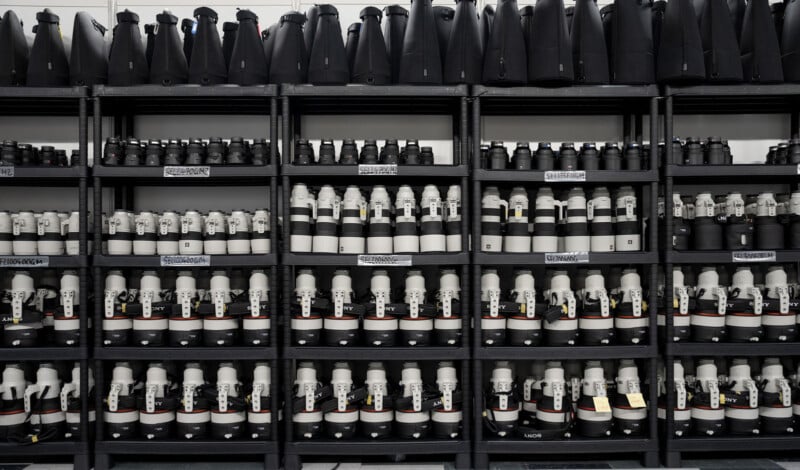
Didlick’s a9 III Enables Better Sports Photography
He has shot with Sony Alpha mirrorless cameras for years and has frequently been at the cutting edge of camera technology. He’s using the new Sony a9 III in Paris, and taking full advantage of the camera’s global shutter image sensor.
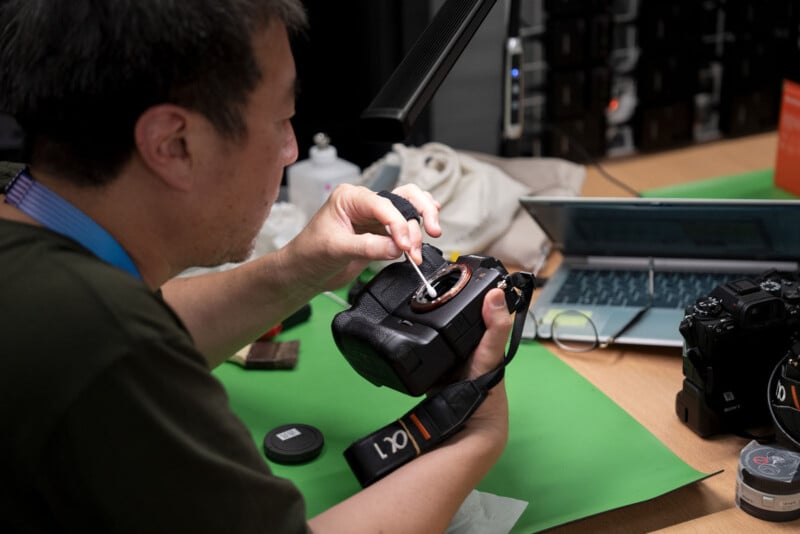
![]()
He cites the camera’s 120 frames per second continuous shooting, distortion-free global shutter, and remarkable autofocus performance as especially vital for his work. The camera’s pre-capture mode also helps photographers like Didlick capture the moment, even if they haven’t yet fully pressed the shutter.
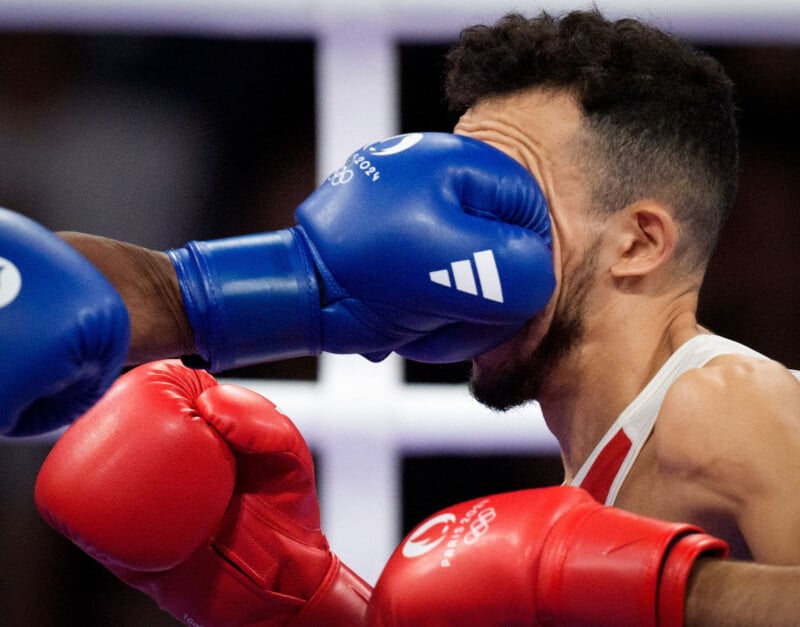
“Pre-capture, for example, allows the a9 III to go back in time for up to one second after the shutter is pressed to capture moments you missed,” he explains.

Didlick’s utilization of the latest cameras goes much farther than the new Sony a9 III. He was a very early adopter of digital camera technology.
“I switched from film photography to all-digital photography in 1994,” Didlick explains over email from Paris. “Being an early adopter of a digital workflow was challenging, as we had to find and develop all the pieces needed to produce images to replace a film-based newspaper workflow.”
While the tools Didlick has used have changed dramatically over the years, the job requirements have remained steady: Capture the necessary photos and publish them as soon as possible. At the 2024 Olympics for Didlick, that means using Sony’s new PDT-FP1.
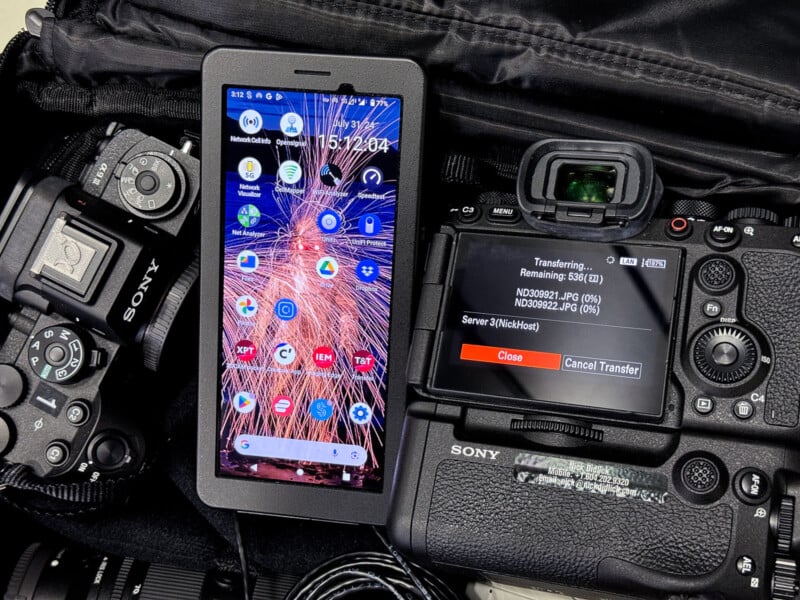
“Staying connected to send photos is the biggest challenge for most photojournalists and sports photographers,” he says. While there are cabled Ethernet ports at many established photo points at Olympic events, they “limit the photographer’s mobility while shooting the event.”
Instead, he works wirelessly thanks to the a9 III and PDT-FP1’s networking capabilities.

“I can shoot anywhere in a venue, send the selects from the camera, and then edit and send the selects on my computer while riding the bus to the next venue,” Didlick explains. “The new network connections in the a9 III are fast and reliable.”
The network connections aren’t the only fast aspect of the a9 III — the camera’s novel global shutter sensor and fast processor allow it to shoot full-resolution images with full autofocus at a blistering 120 frames per second.

Although a camera like the older a9 II is fast — it can shoot up to 20 frames per second — the a9 III’s 120 fps speed is next-level. Six times more frames mean that photographers like Didlick can capture more action. After all, a fabulous sports photo is about finding the perfect moment, and a faster camera makes that challenging task more manageable.
“Shooting at 120 fps gives me more choices and marketable images. What you can see when editing a 120 fps sequence is amazing,” the photographer exclaims.

He adds that he only subjects his editor to some of those photos, though. “I usually edit myself, make select choices, before passing the photos to an editor.”
Although having the best camera gear makes Didlick’s job easier, his work goes far beyond the moment of capture.
“Planning your day the night before is essential (it is only possible to cover two or maybe three events in a day here in Paris). This includes planning your picture and the gear you need to carry,” he says.

He explains, “Photographers’ language has changed to words like Ethernet, WiFi, Bit Rate, VLAN, MAC address, and ESim, replacing words like Film, HC-110, and Dektol.”
Then again, you must always be prepared for “the unexpected moment,” Didlick continues.
All the Ingredients of an Amazing Sports Photo
“When in a venue, I always think about subject, lighting, and background when choosing a photo location. Finally, I choose the appropriate shutter speed and aperture for my photo,” the seasoned vet says. Any of these considerations are enough to make a photographer’s head spin, and keeping everything together while in a high-stress, fast-paced environment with assignments and deadlines separates the pros from everyone else.

The competition goes beyond the courts, tracks, and fields, though. Didlick is also a competitor, as he battles it out against sometimes more than a thousand other photographers to get the perfect shot.
With so many lenses pointed at the same event, being creative with composition and camera settings can help one photographer’s photos stand out. And as Didlick’s pictures throughout this article show, they do.
To capture unique, interesting angles, pros sometimes also use robotic cameras. While remote-controlled cameras aren’t new, they are especially heavily utilized at this year’s Olympics.
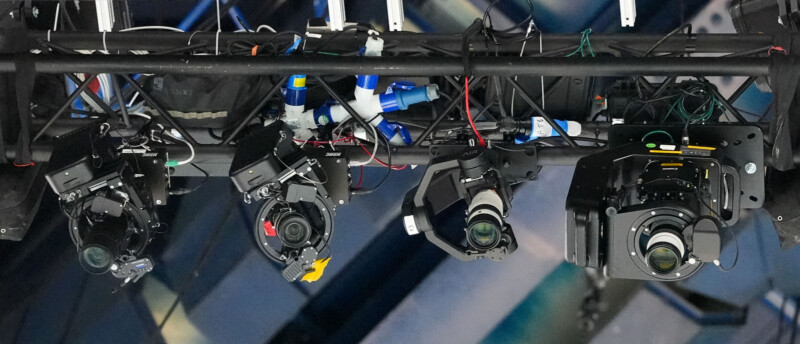
Didlick explains that these remote and robotic cameras have been planned for years, and they were installed weeks before the Olympics kicked off in late July.
“These cameras aim to provide unique sports images in locations you cannot get to during the games.”
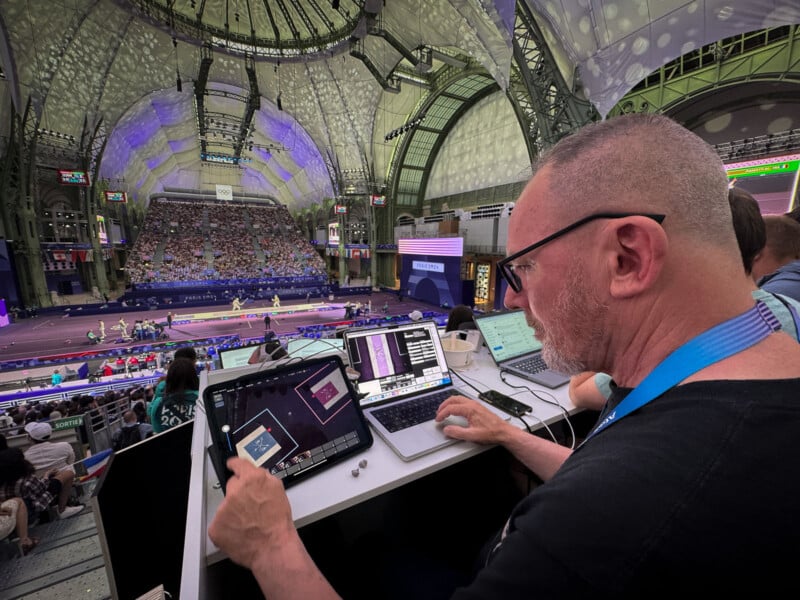
Between the Sony a9 III’s incredible speed, the novel remote camera setups, and Didlick’s 45-plus years of professional experience and expertise, he is in a great position to capture amazing sports photos in Paris. He has clearly already captured fantastic images, and surely, more are coming. When talented photographers have access to advanced equipment, the possibilities are endless.

More From Professional Sports Photographer Nick Didlick
More of Nick Didlick’s work is available on his website, where he also posts regular blogs about his experiences, including this one about what’s in his camera bag in Paris.
Image credits: All photos by Nick Didlick.